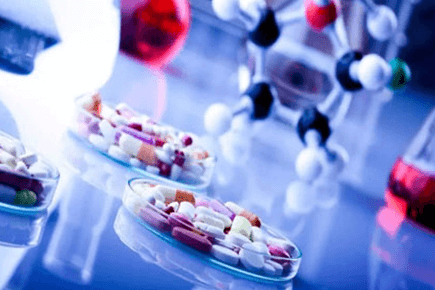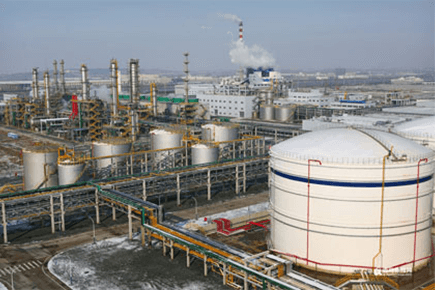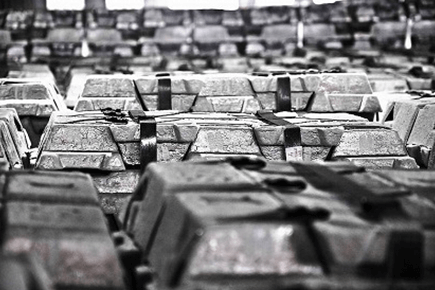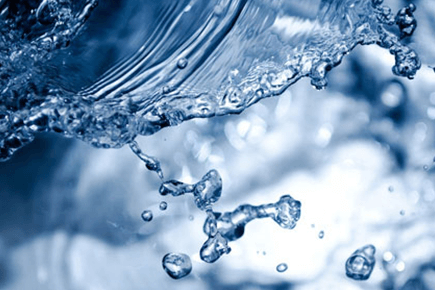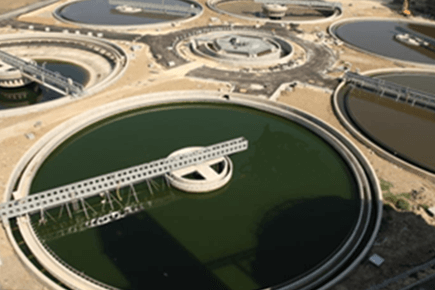Ni Seplife® 6FF (IDA) Affinity Chromatographic Media

Nickel Chelating Agarose Chromatography Resin
Ni Seplife 6FF (IDA) Instructions
Ni Seplife® 6FF (IDA) Affinity Chromatographic Media Product profile:
Ni Chelating Agarose Chromatography (IDA) is binding iminodiacetic acid on 6FF agarose media and then chelating ion of Ni2+ to be as an affinity chromatographic media. It is widely used for the processing of protein, nucleic acid and polypeptide purification in down stream of biopharming and bioengineering.
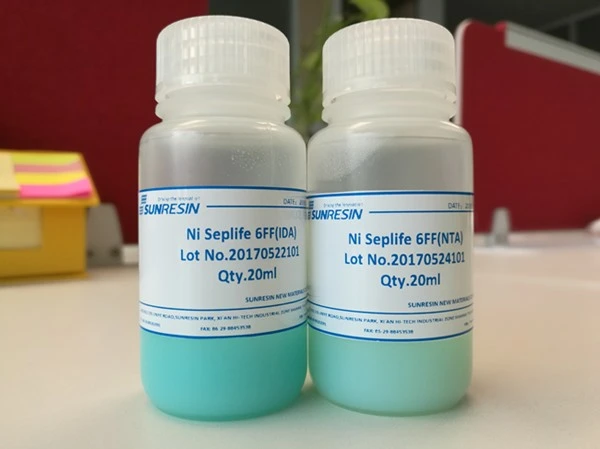
Ni Seplife® 6FF (IDA) Affinity Chromatographic Media Resin Parameters:
| Resin code | Ni Seplife® 6FF (IDA) |
| Appearance | Sphere gel beads |
| Particle size(μm) | 45~165 |
| Matrix | Seplife 6FF |
| Flow rate(cm/h) | ≥370 |
| Pressure(MPa) | 0.3 |
| Ion binding capacity | (Ni2+ umol/ml): ~15 |
| Reference linear flow rate | 60cm/h |
| pH stability | 3~13 (long term), 2~14 (Short term, CIP) |
| Application | His-tag protein purification |
| Chemical stability |
Stable in water buffer solution, 0.1mol/L NaOH; 0.01mol/L HCl; 8 mol/L carbamide |
Ni Seplife® 6FF (IDA) Affinity Chromatographic Media Test Instruction:
1.Column packing
(1)All the material and reagent in room temperature, preparing initial buffer and elution beffer.
(2)Take resin sample as per column size, wash out 20% ethanol to dry, use buffer (the ratio of resin : buffer = 3:1) to make into homogenate and degassing treatment.
(3)Use water or buffer to keep inside or bottom of column wet, the water or buffer level should be higher than filter mambrane and make sure bottom of column without bobble.
(4)Use glass rod to guide homogenate into column along with internal face of column once to avoid any bubble. Open column outlet valve to make resin setting down freely, and connect column top cap well.
(5)Open peristaltic pump, use buffer to pass through column at flow rate of 1.33 times than the flow rate of buffer normal using. Use 2-3BV buffer to make column balance.
2.Equilibrium
Balance with 2~5 bed volumes of initial buffer solution until the conductivity, pH and other parameters are unchanged.
3.Sample Loading
(1)The sample is generally dissolved in the initial buffer of pH 6-8, and increasing the pH of the loading buffer can increase the loading.
(2)The buffer should not contain EDTA and citrate, and it is best to avoid reducing agents such as mercaptoethanol and DTT.
(3)The commonly used buffer solution has 10 to 100 mmol/L sodium phosphate buffer solution, 20 to 200 mmol/LTris-HCl buffer solution.
(4)0.15 to 0.5 mol/L of NaCl is generally added to the buffer to eliminate ion exchange.
(5)When using a nickel chelate agarose gel for the first time, it is recommended to use 50 mmol/L PBS (50 mmol/L NaH2PO4, 0.5 mol/L NaCl, pH 7.4) as the initial buffer.
4.Elution
Elution is generally divided into the following methods:
(1)Reduce pH elution: Most proteins will be eluted at pH 6-4 (also at pH 3-4), and the buffer may be sodium acetate, citric acid and phosphate buffer systems.
(2)Competitive elution: linearly increasing or increasing the concentration of competing substances with affinity to metal ions (eg 0-0.5 mol/L imidazole, 0-50 mmol/L histidine, 0-2 mol/L NH4Cl) .
(3)Chelating agent elution: chelating agents such as EDTA and EGTA can react with metal ions to cause the protein to elute. However, this method cannot separate different proteins and affects the adsorption of proteins, resulting in the inability of the fusion protein to hang.
Ni Seplife® 6FF (IDA) Affinity Chromatographic Media Remarks:
(1)When using for the first time, if the concentration of imidazole required for elution is uncertain, it is recommended to add 10mmol/L, 20mmol/L, 50mmol/L, 100mmol/L, 200mmol/L, 500mmol/L to the initial buffer. The imidazole was eluted and collected from low to high, respectively, and the eluted results were identified by SDS-PAGE electrophoresis.
(2)The imidazole is alkaline, and the pH is adjusted with HCl after the corresponding buffer is prepared.
(3)Lowering the pH elution and eluting the chelating agent will cause the metal ions to fall off, and the metal ions need to be re-chelated before the next use.
(4)Conditionally, an imidazole gradient linear elution can be performed to determine the preferred elution conditions.
For the above elution methods, 150 to 500 mmol/L of NaCl must be added to the buffer to eliminate ion exchange.
5.Regeneration
(1)The gel must be denicked and regenerated after repeated use or when it is necessary to replace the chelated metal ions. Nickel removal method: firstly rinse the column with 5 to 10 bed volumes of distilled water, then rinse the column with 5 to 10 bed volumes of 100 mmol/L EDTA, and finally use 2 to 3 bed volumes of 0.5 mol/ L NaCl washes away residual EDTA.
(2)The column used for multiple times generally needs to be cleaned after nickel removal. Cleaning method: Reverse the column with 0.1~1.0 mol/L NaOH, keep it at 50 cm/h for 1~2 h, not only can remove the strong impurities, but also remove the heat source.
(3)Re-chelating metal ions after cleaning. Chelation method: firstly, the column after nickel removal is fully equilibrated with 2 to 5 bed volumes of distilled water, and then 0.1 to 0.3 mol/L metal salt solution is used to pass 5 to 10 bed volumes to chelate metal ions. Rinse with 5 to 10 bed volumes of distilled water to remove unchelated metal ions.
6.CIP
(1)Removal of proteins adsorbed by ion exchange: 2 to 3 bed volumes were washed back by 2 mol/L NaCl solution.
(2)Removal of strong hydrophobic proteins and lipids, etc.: 4 bed volumes were washed back with 70% ethanol or 30% isopropanol.
(3)Removal of precipitated protein, hydrophobic protein: reference gel regeneration step.
7.Storage
Sealed and stored at 4~30°C (20% ethanol in storage solution), dry, ventilated, clean, not frozen; used columns are stored in 4~8°C, 20% ethanol solution.
Caution:
(1)The sample and Ni seplife®6FF (IDA) must be equilibrated with the elution buffer and then go to chromatography column.
(2)The column bed must be flat, free of grooves and air bubbles, otherwise it should be reinstalled.
(3)When using, ensure that the temperature of the column and the buffer are the same, avoiding the generation of bubbles in the column bed and affecting the purification effect.
(4)The flow rate should be strictly controlled during the elution process, and not too fast.
(5)During the loading and the entire elution process, the cylinder surface is prevented from drying out.





